Losing your best friend is one of the biggest fears of many dog owners. If you’re reading this article because your dog just ran away, our hearts go out to you. Many dogs do return home, and the tips below may help you recover your lost buddy.
Read on to learn more and hopefully reunite with your Rover.
Different Situations in Which You’ll Need to Catch a Runaway Dog
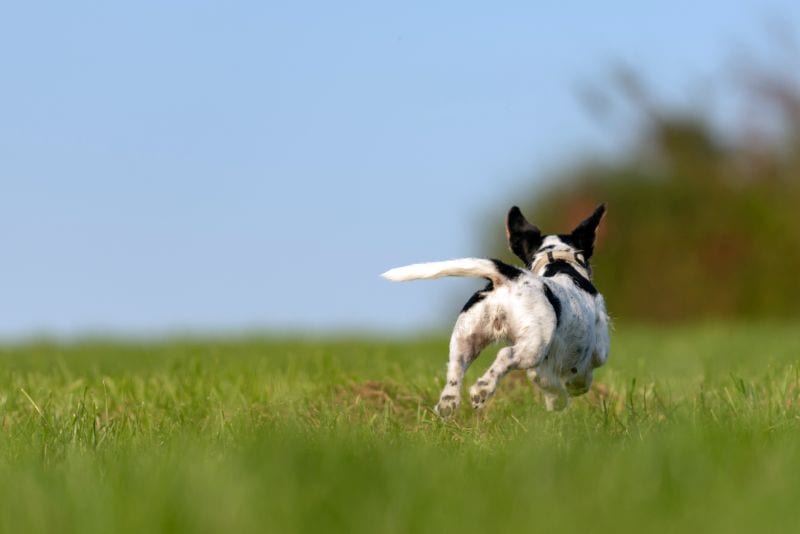
There are three basic situations in which you’ll need to catch a runaway dog:
- You may need to catch a dog who’s “disappeared” and been out of your sight for more than half an hour or so.
- You may need to catch a dog who is out of your control, yet hasn’t left your sight.
- You may want to catch an unfamiliar dog, who you can see is running free but shouldn’t be.
If you have lost sight of your dog and don’t know where he is, it’s time to get help. This is a code-red situation and you need to get crackin’. Recruit neighbors, spread out, post on social media, hang fliers, and visit shelters in-person to look for and recover your lost dog.
On the other hand, we can provide some tips for catching your dog who’s run away (or an unfamiliar dog who is running free) yet remains in your sight.
15 Tips for Catching a Runaway Dog
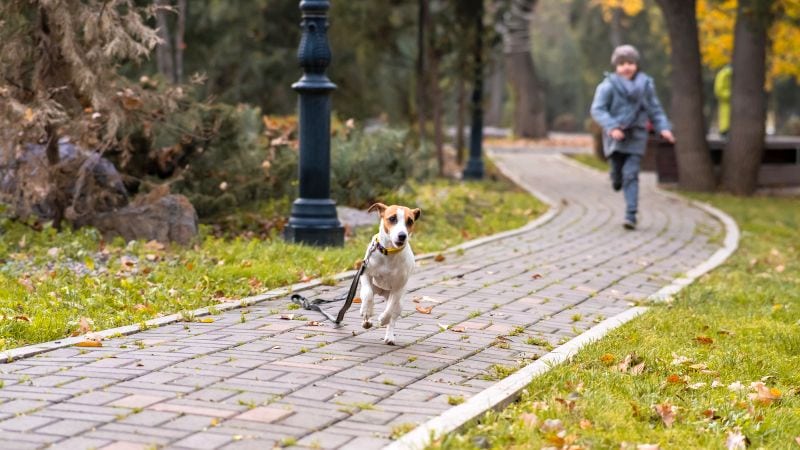
Your specific approach to catching a runaway dog will vary based on the behaviors the dog is displaying and your relationship with him.
If the dog seems afraid of you, running away playfully isn’t as likely to help as if your dog doesn’t want to come back to you at the end of a romp in the woods. Dogs who don’t want to leave the park won’t be fooled by an open car door, but they might respond to treats or doggie friends.
Try to adapt your approach to what you’re seeing from the dog!
1. Don’t chase him.
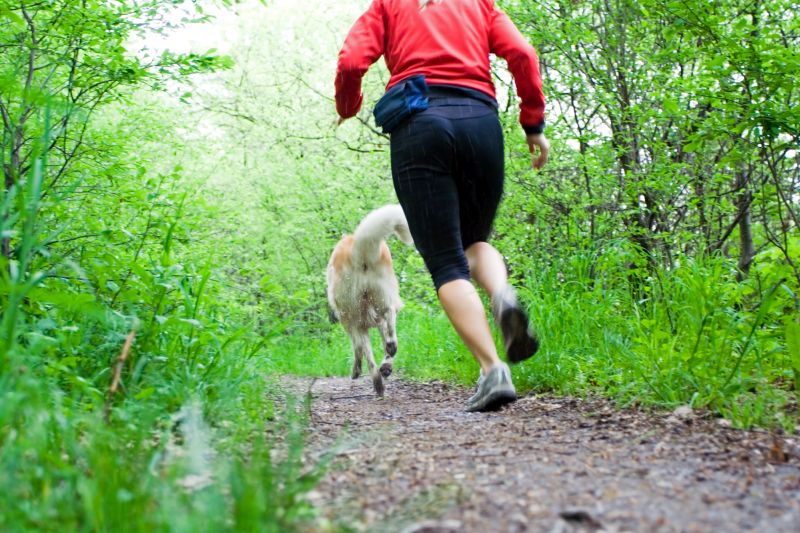
As tempting as it can be to try and catch the dog, you’re not likely to outrun a critter with twice as many legs as you have.
Chasing the dog is more likely to scare him off or make him avoid future attempts to recover him. You can follow the dog and try to approach him, but avoid moving quickly or directly at him.
2. Guide your dog away from traffic and other hazards.
If your dog is in a playful game of “can’t-catch-me,” you can also lure him away from traffic by moving away. But if the runaway dog is avoiding you, you can also gently use your “body pressure” (by circling around the way you don’t want him to run) to help guide the dog away from traffic.
But either way, your first goal of catching a runaway dog should always be to keep the dog safe.
3. Be prepared with a leash.
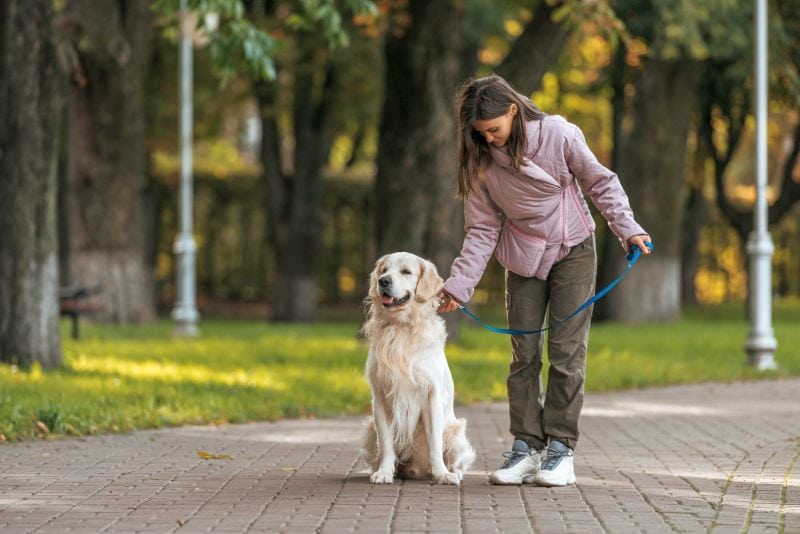
You’ll want to make sure you are ready if you do catch the dog. Leashes, slip leads, and even makeshift leashes will help ensure you don’t lose the dog again.
4. Keep your eyes on the dog.
It’s much harder to catch a dog if you can’t see him. If at all possible, follow the dog at a distance and keep an eye on him. Use your cell phone or a buddy to get help with tools or strategizing rather than losing sight of the dog.
If you can, it’s better not to leave the area!
5. Try running away playfully.
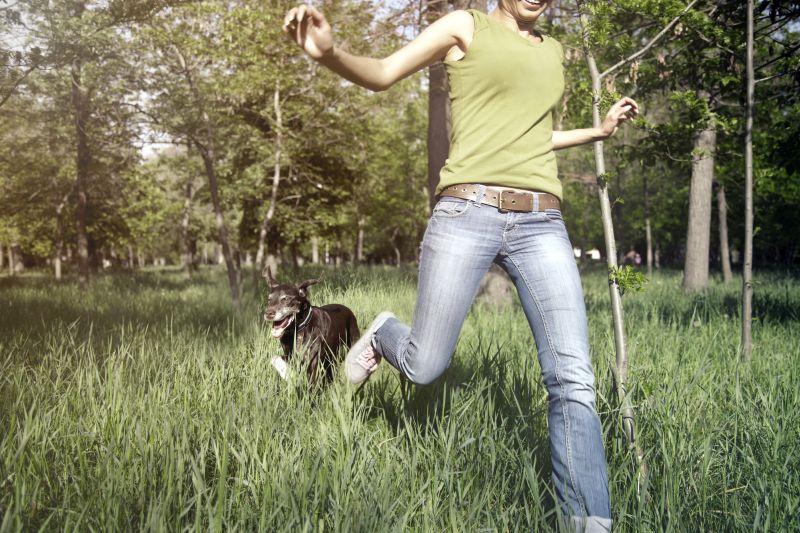
This one works especially well for playful or rebellious teenage dogs who simply don’t want to end an adventure. Wait until the dog is looking at you, then run, skip, or jog away.
Try to keep your movements light and playful, and many dogs will follow you.
6. Approach the dog at an angle, not directly.
If you feel like the dog will accept your approach, try moving slowly and calmly from an angle. Avoid looking directly at the dog and pause if the dog starts to move away from you again.
If you’re careful and patient, you may be able to get a leash on some dogs this way.
7. Use calming signals to appear nonthreatening.
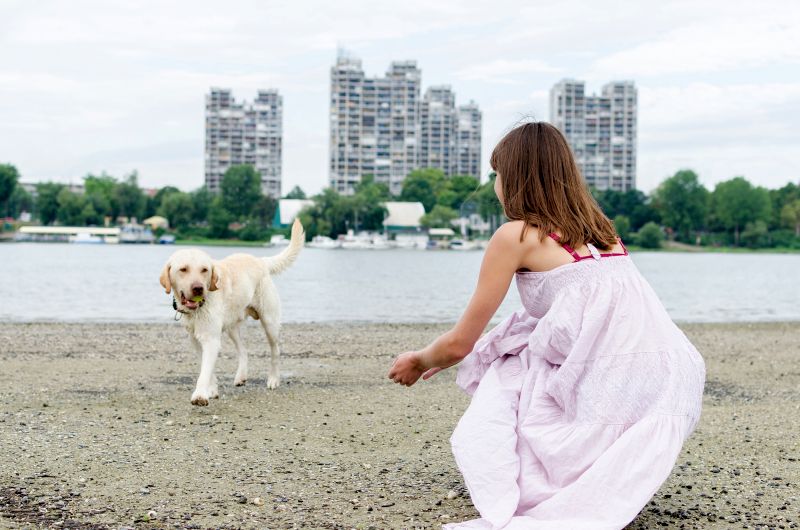
As you approach, follow, or wait for the dog, you can use doggie body language to help show how nonthreatening you are. Looking away, blinking, and lowering your body to the ground can help prove that you’re not a threat.
When I helped catch loose shelter dogs, we would try sitting on the ground with our sides to the dog, watching them out of the corner of our eyes. Some dogs would approach us and allow us to bring them back to the safety of the shelter.
8. Get excited about something on the ground.
Like tip #5, this is more likely to work for a dog who’s playing catch-me-if-you–can than a dog who’s genuinely scared of you. However, sometimes you can get a dog to approach you by showing lots of interest in something on the ground.
Bend over, look at it from all angles, pick it up, even sniff it! Your dog’s curiosity might get the better of him.
9. Use super-stinky, super-special treats.
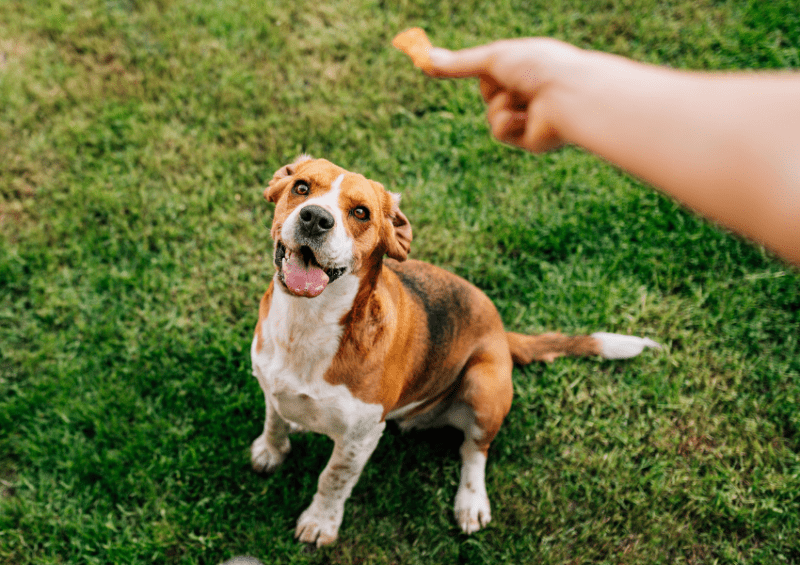
If you’re trying to convince a dog to approach you, consider breaking out things like salmon skin, brie cheese, or hot roast chicken. Toss it to the dog and back off, letting him eat it. You can then make a trail of goodies into a corral, or gradually toss the treats closer and closer to you until you can catch him.
10. Sit down and wait.
If the dog appears interested in you but is reluctant to approach closer, you can try to just plop down and wait. Keep an eye on the dog to ensure he doesn’t disappear, but sometimes you just need to be patient.
11. Use a friend as a lure.
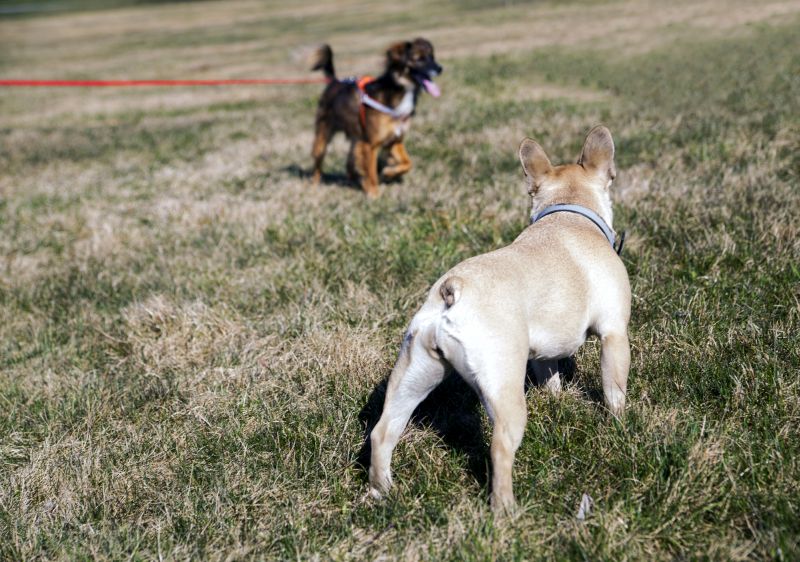
If possible, call the owner of your dog’s best bud and have him or her bring out Fido’s friend. Alternatively, you can just call your dog’s favorite human (assuming that’s not you).
When the friend shows up, be ready to use a leash or a car to bring Fido home.
12. Invite him to do something fun.
Some lost dogs will readily hop in the car even if they won’t approach a stranger. I’ve used this approach to capture dogs running alongside roads before. You can also try asking if the dog wants to go to the park, go for a walk, or go swimming.
Some dogs will approach for one of these common (and often exciting) phrases! If the dog is your own dog, be sure to follow up on your promise so you can use it again if needed.
13. Don’t scold or frighten him.
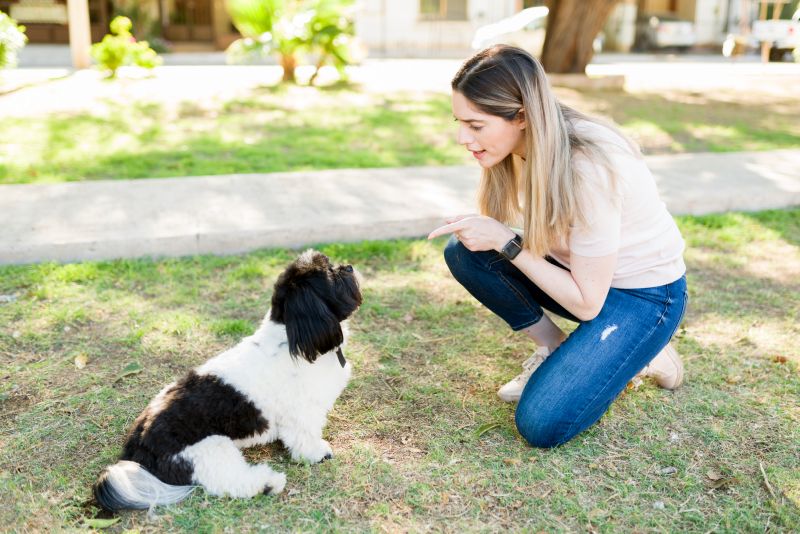
As frustrated and scared as you may be, losing your temper with the dog isn’t likely to get him to come back to you. Scaring him won’t help, so try to stay patient, calm, and friendly. You want to seem approachable!
14. Consider corralling the dog.
While you may not want to corner a lost dog that’s not yours (you could get bitten), corralling a dog into a dead-end alley, luring him into a well-fenced area, or otherwise containing the dog is a worthy goal.
When my extremely fearful foster dog Madge slipped out of my apartment, we gently corralled her into a bike storage area before she escaped outdoors. From there, we were able to close the door and use a slip lead lasso to capture her and bring her home.
15. Don’t blow your chance.
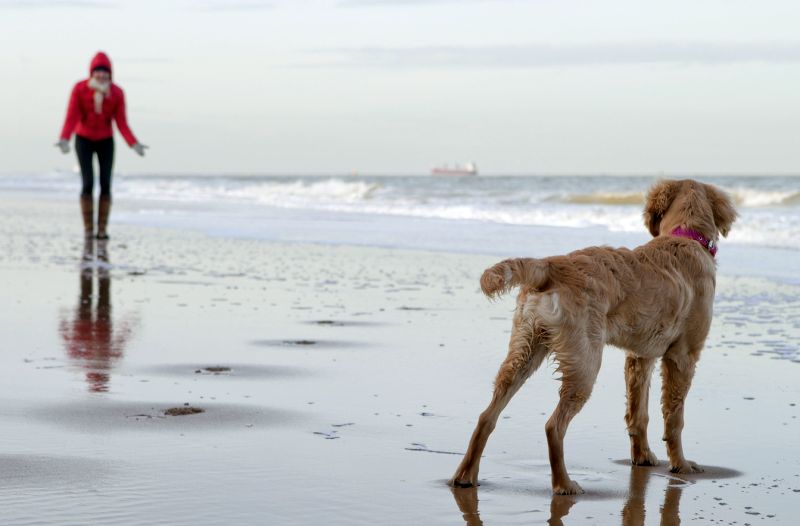
Lunging for a dog too early or generally being impatient when catching a lost dog can be very risky. If you use salmon skin and “wanna go for a ride” to lure a dog to you, then fail to catch him, he’s unlikely to fall for it twice.
Wait until your chances are excellent before making the final move.
A Pound of Prevention: Averting Dog Escapes
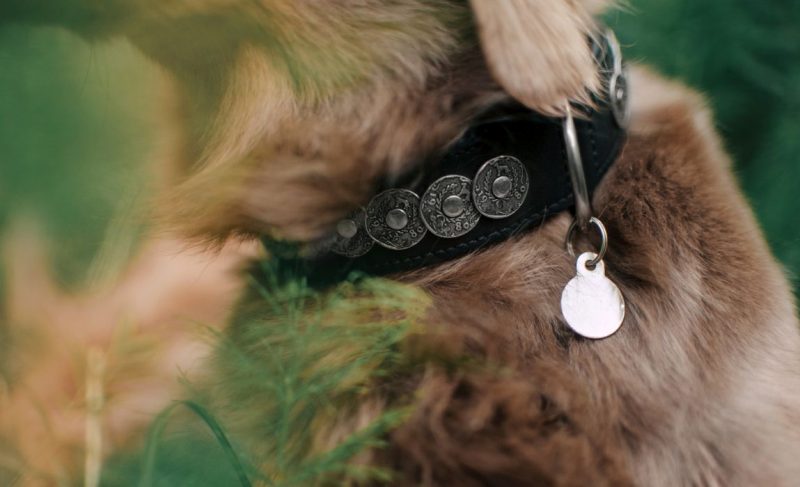
Of course, it’s far more helpful to never need to catch a runaway dog in the first place. You can try to train your dog not to runaway, but what else can you do to avoid losing your dog in the first place?
- Ensure that your home is dog-proof. Many dog escapes happen when a dog hops a fence or slips through a door. If your dog is an escape artist, this might mean “airlock” setups in your home (essentially, using multiple barriers, such as a dog gate in front of your front door), coyote rollers, or buried fences.
- Never let your dog off-leash in an unsecured area. If your dog doesn’t have a rock-solid recall, avoid putting your dog in situations where he can easily escape. This means that if your dog isn’t in a relatively small, fenced area, he should be on a long line or at least dragging a long line.
- Use escape-proof gear. Some dog escapes happen when a scared dog slips out of a collar or harness. Many escape-proof harnesses exist, but I personally like the Ruffwear Webmaster Pro.
- Use drag lines. If your dog is in the process of becoming more trustworthy off-leash, you can use a drag line. I like this long line from Trust Your Dog, which I get in a bright color, 30 feet long, with no loop. You can easily drop the leash and let your dog play without it getting tangled, but you’ve got a long tail to step on if your dog is reluctant to come back.
- Have your pet microchipped. Microchipping won’t prevent an escape, but it is one of the best ways to be reunited if you do lose your pet. These tiny chips can be read by special scanners, letting vets and shelters contact you if they find your dog.
- Make sure your pet has ID tags. Unlike a microchip, anyone who finds your dog can read an ID tag. They’ll be able to call you right away. However, ID tags are more easily lost than microchips.
- Fit your pet with a GPS tracker. If you’ve got a real escape artist, you may want to consider a GPS tracker. I personally use a Tractive GPS collar, which allows you to set up “safe zones” and be notified if your pet leaves. It’s a huge stress-reducer!
- Teach your pet a good recall. Many dog escapes could be avoided if the dogs were properly trained to come when called. This doesn’t just mean coming to you from across a barren soccer field, but really taking this training on the road! If your dog can’t recall to you past a plate of kibble, there’s a good chance he won’t come when you try to call them away from a deer or another dog at the park.
- Develop a strong bond with your pet. Ensure that your dog trusts you and sees you as the source of all good things. If you are consistently a source of discipline, containment, and the end of fun, your dog is likely to learn to try and avoid you. Show your dog what you want from him and reward him heavily, and he’ll be more eager to stay nearby.
Catching a Runaway Dog: FAQ
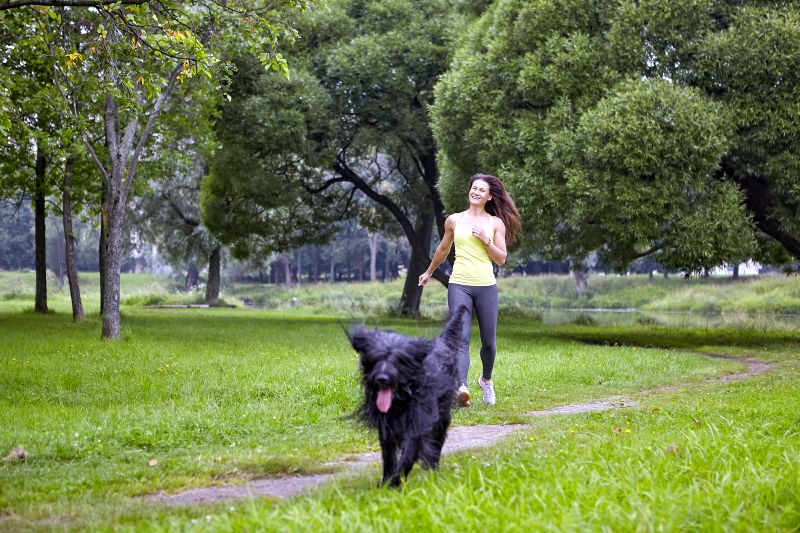
Still have lingering questions about catching a runaway dog? We’ve got you covered! Check out some of the most common questions and answers on the subject below!
How do you catch a dog who doesn’t want to be caught?
Be patient and show the dog that you’re nonthreatening and fun. Dogs are more likely to approach people who have treats and don’t chase them. Consider running away, throwing food, or simply sitting down to wait.
What are the chances of finding a dog who ran away?
The more quickly that you can recover a lost dog, the better. Loose dogs are at risk of car accidents, disease, predation, and parasites. Lost Pet Research & Recovery indicates that 93% of lost dogs are found alive, and 20% of them return home on their own.
What’s the best bait to catch a dog?
Stinky, large treats are best for catching dogs. Gently toss things like brie cheese, salmon skin, or rotisserie chicken towards a lost dog to show him what you’ve got, then make a trail of treats to a fenced area.
Where do lost dogs go at night?
Most lost dogs will seek shelter eventually, curling up under bridges, bushes, or even cars to sleep.
How do you catch a dog in flight mode?
Try to keep your eyes on a dog in flight mode. Avoid losing him or scaring him more, and try to be patient until the dog calms down. Wait until the dog has stopped panicking before attempting to approach or capture him.
We hope that this article can help you recover a runaway dog and prevent mistakes like this in the future. Losing a dog can be extremely scary, but with patience and skill most dogs are recovered. Let us know what worked for you in the comments below.
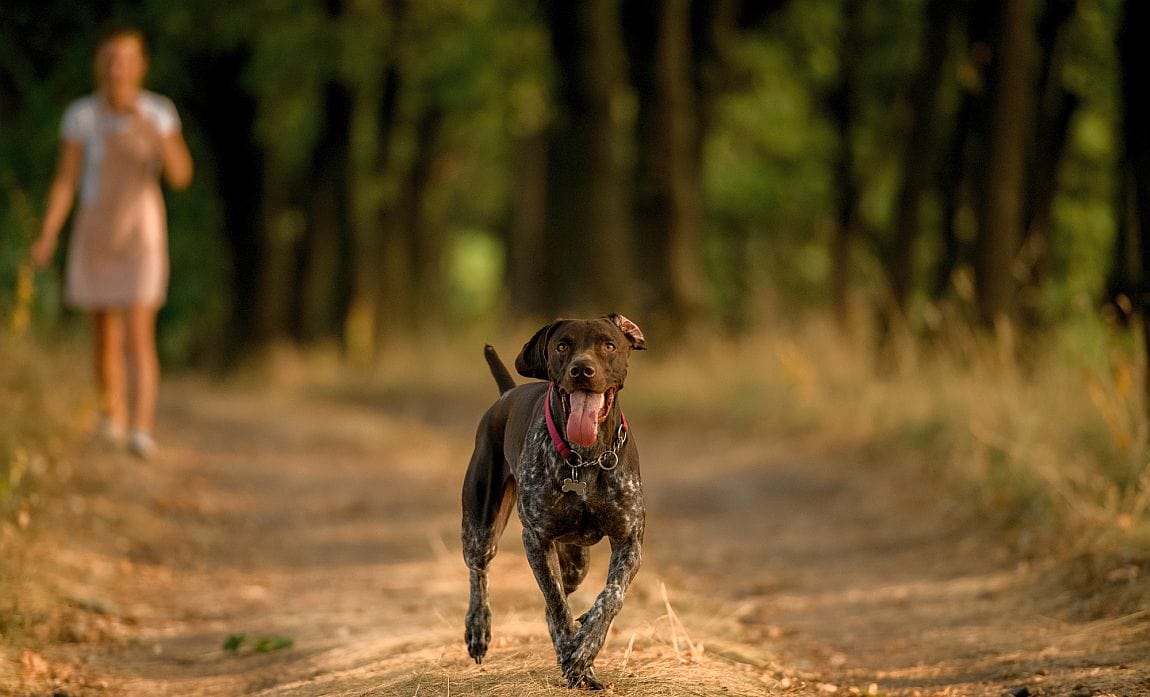

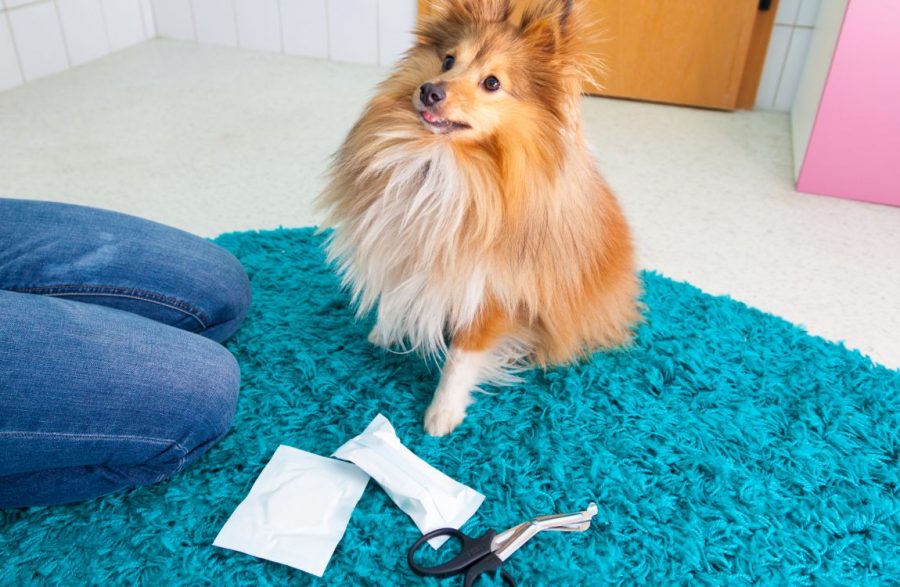



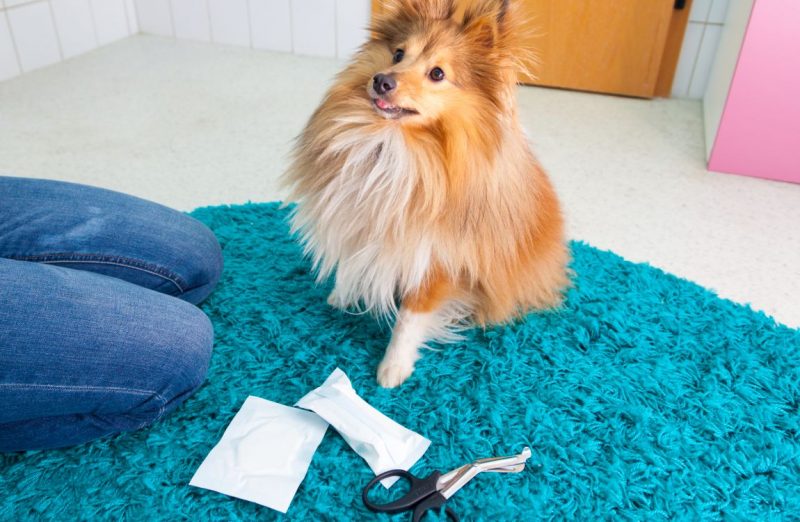
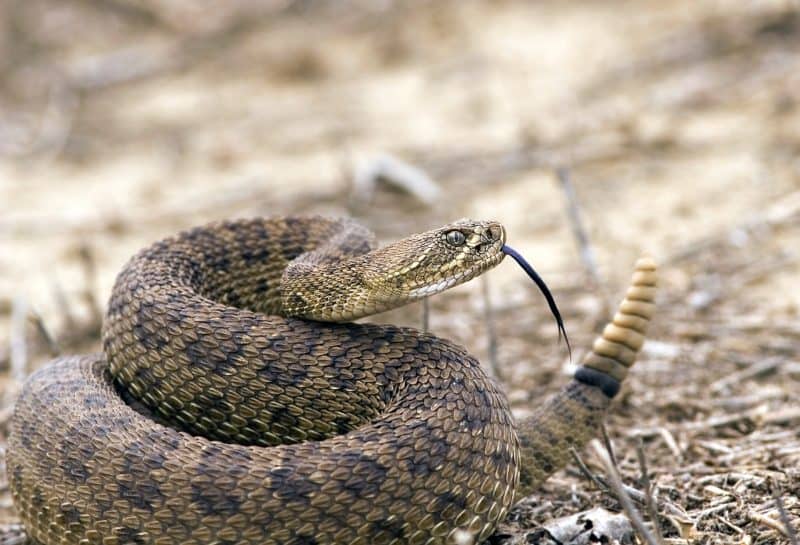
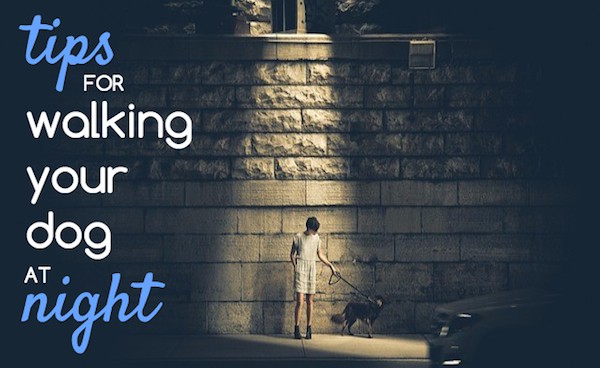
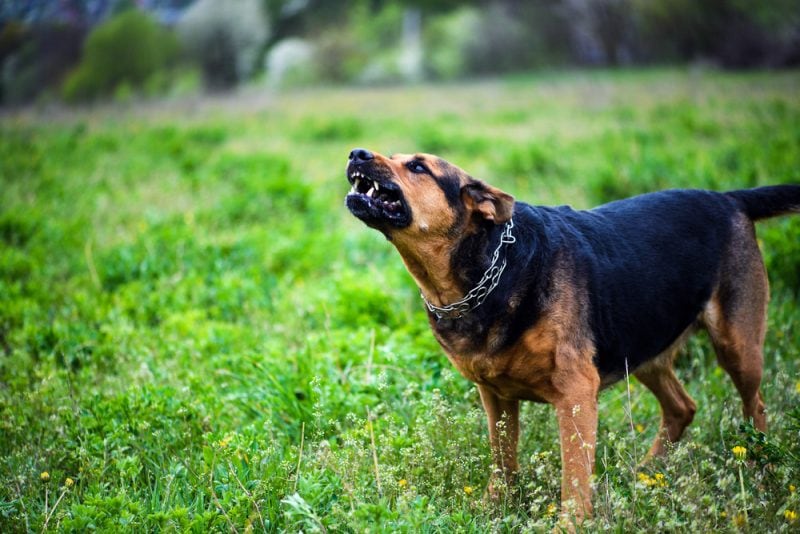


Leave a Comment